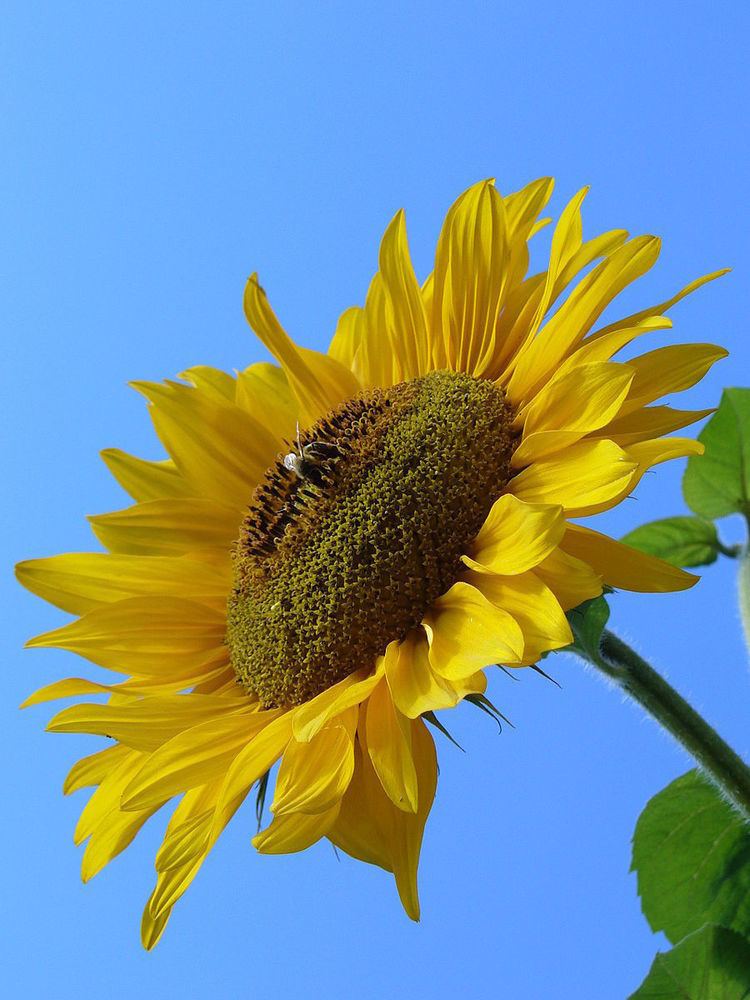Homogamy is used in biology in three separate senses:
Inbreeding can be referred to as homogamy.Homogamy refers to the maturation of male and female reproductive organs at the same time, which is also known as simultaneous or synchronous hermaphrodism and is the antonym of dichogamy. Many flowers appear to be homogamous but some of these may not be strictly functionally homogamous, because for various reasons male and female reproduction do not completely overlap.In the daisy family, the flower heads are made up of many small flowers called florets, and are either homogamous or heterogamous. Heterogamous heads are made up of two types of florets, ray florets near the edge and disk florets in the center. Homogamous heads are made up of just one type of floret, either all ray florets or all disk florets.
